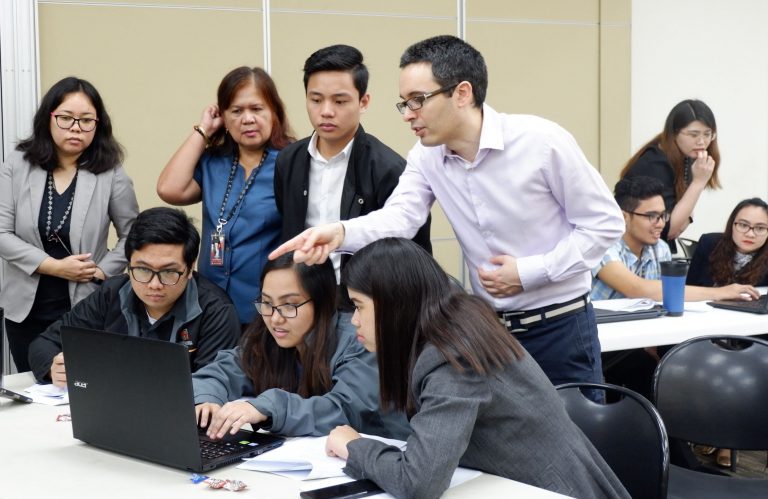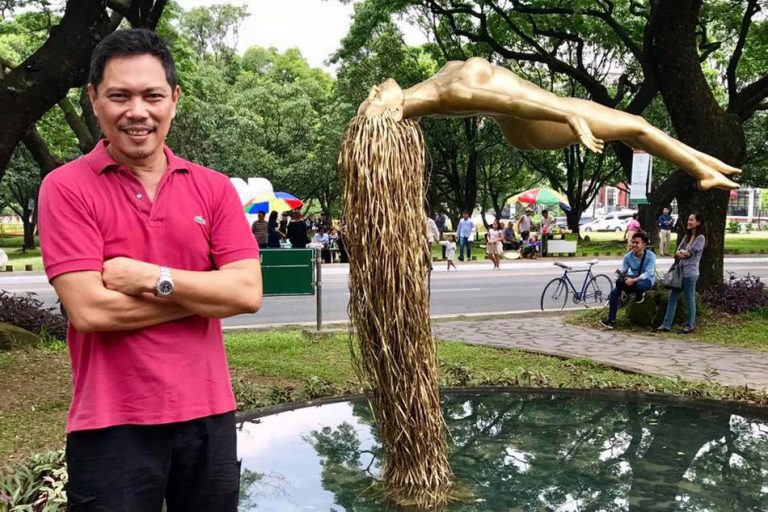
IPOPHL releases statutory fair use guidelines to clarify rules on copyright exceptions
March 4, 2024
The Intellectual Property Office of the Philippines (IPOPHL) released its fair use guidelines to provide clarity and guidance to Filipino creatives, educators and innovators in fostering a deeper understanding of intellectual property (IP) rights.
“Fair use is the bedrock of creativity. It allows artists to produce versions of music, authors to quote from novels, and educators to enhance learning materials. By striking a balance between protection and access, fair use fosters a vibrant cultural ecosystem,” IPOPHL Director General Rowel S. Barba said.
Under the Philippine IP code, fair use allows the use of a copyrighted work without obtaining prior permission from the copyright holder under certain factors. While the general principle of fair use is found in Section 185 of the IP Code, the guidelines tackle Section 184 where certain specific acts are considered as limitations on copyright because they can be committed without violating an author’s exclusive economic rights.
The statutory fair use guidelines were crafted by the Bureau of Copyright and Related Rights (BCRR) to provide some clarity on the conditions that must be met in order for specific acts to be considered as statutory fair use. The document is expected to benefit any user who may find themselves in the situations discussed and offer public clarity and awareness of the principles that allow fair use.
“Fair use makes sure that copyright holders are also not left powerless in the provisions of fair use. As a government agency that upholds a commitment to innovation, we make sure the laws are here to protect the works of right holders. However, we also want to ensure that the development of the creative industry is not stifled by restrictions,” BCRR Director Emerson Cuyo said.
To provide a comprehensive understanding to creators, the guidelines illustrate fair use in three parts. The discussions include detailed elements that usher simpler understanding of the concepts of fair use.
The first part of the guidelines discusses statutory fair use, or specific instances provided by the law, that limits copyright protection. These include guidelines on private and non-profit performances, news reporting, judicial proceedings, and works intended for the visually impaired, among others.
Meanwhile, the second portion discusses fair use in quoting works for news reports, academic materials and government-produced works, all of which require the further application of the general fair use principles under section 185 of the IP code. Specifically, the four fair use factors should be considered:
- the purpose and character of your use,
- the nature of the copyrighted work,
- the amount and substantiality of the portion taken, and
- the effect of the use upon the potential market.
The guidelines also discuss in its third part other acts found in provisions of the Code outside of Section 184. This part expounds on the elements governing works of architecture, private reproduction of works, reprographic reproduction of libraries and adaptation of computer programs.
The BCRR noted that the elements of each fair use act must be carefully analyzed to accurately identify circumstances where fair use principles apply. Otherwise, the public should be proactive in obtaining permission and crediting the creators of original works.
“If, despite the guidance offered by the Guidelines, one is still in doubt, err on the side of caution. Obtain permission,” Cuyo said. # # # (Hannah Dione Lucero, Media Relations Officer)







